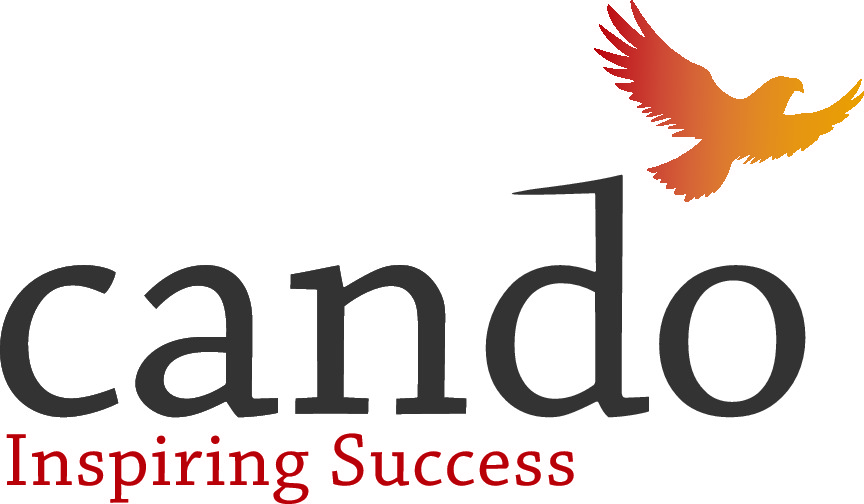Mining, Harvesting And Decision Making In Nunavut: A Case Study of Uranium Mining in Baker Lake
DOI:
https://doi.org/10.29173/jaed283Keywords:
Bureaucracy, Business And Economics, Case studies, Community, Consultation, Decision making, Economic activity, Employment, Equipment, Ethnic Interests, Food, Hunting, Inuit, Mines, Mining, Native peoples, Older people, Participation, Soliciting, Uranium, WildlifeAbstract
Despite a growing dependence on the capitalist economy, many Inuit communities in Nunavut continue to rely a great deal on harvesting to satisfy a variety of economic, social and cultural needs. While wage labour employment at mines and other extractive projects may provide income to purchase the equipment and supplies necessary for harvesting, they also threaten and undermine the viability of harvesting activities, primarily by damaging local ecosystems - and therefore the wildlife resources upon which harvesting is based. The coexistence of these two forms of economic activity is dependent upon the ability of Inuit, especially Elders, to participate in decisions regarding mining. The Nunavut Land Claims Agreement has created a variety of mechanisms, including Inuit Qaujimatuqangit studies, Inuit Impact and Benefit Agreements and consultations, which enable Inuit to exert control over what type of mining activities proceed in their homeland. However, a case study of Areva Resources Canada Inc.'s proposal to mine uranium near Baker Lake reveals that the manner in which these mechanisms are utilized does not always facilitate meaningful input from entire communities. Community consultation meetings - the most prominent method of soliciting Inuit input and commentary for mining projects - suffer from barriers to participation. While this may be indicative of a need to rethink the manner in which consultations take place, an overhaul of the bureaucratic structures involved in community consultations will take time and considerable research. More immediate action is required to facilitate participation in dialogues surrounding contemporary proposals for major mining projects in Nunavut, including Areva's proposal.
Downloads
References
Arnakak, J. (2002). Incorporation of Inuit Qaujimajatuqangit, or Inuit Traditional Knowledge, into the Government of Nunavut. Journal of Aboriginal Economic Development, 3(1), 33–39.
Arragutainaq, L. (2010). Letter to INAC Minister Chuck Strahl. RE: Participant Funding Applications for the NIRB’s Review of Areva Resources Canada Inc.’s “Kiggavik” Project. NIRB File No.: 09MN003.
BQCMB. (2007). Submission to NIRB File No. 06AN085 —AREVA’s Kiggavik-Sissons Project Proposal. Beverly and Qamanirjuaq Caribou Management Board.
Dowsley, M., & G. Wenzel. (2008). “The Time of the Most Polar Bears”: A Co-management Conflict in Nunavut. Arctic, 61(2), 177–89.
Government of Canada. (1993). Agreement Between the Inuit of the Nunavut Settlement Area and Her Majesty the Queen in Right of Canada. Ottawa: The Minister of Indian Affairs and Northern Development and the Tungavik Federation of Nunavut.
Government of Nunavut, Department of Environment. (2005). Inuit qaujimajatuqangit of climate change in Nunavut: A sample of Inuit experiences of recent climate and environmental changes in Pangnirtung and Iqaluit, Nunavut. Iqaluit, Nunavut: Department of Environment.
Haida Nation v. British Columbia (Minister of Forests), 2004 SCC 73, [2004] 3 S.C.R. 511.
Hamlet of Baker Lake v. Minister of Indian Affairs and Northern Development, 1979, [1979] 1 F.C. 487.
Knotsch, C., & J. Warda. (2009). Impact Benefit Agreements: A Tool for Healthy Inuit Communities? Ottawa: National Aboriginal Health Organization.
Kulchyski, P., & F.J. Tester. (2007). Kiumajut (Talking Back). Vancouver: UBC Press.
Leduc, T. (2006). Inuit economic adaptations for a changing global climate. Ecological Economics. 60(1), 27–35.
McCrank, N. (2008). Road to Improvement: The Review of the regulatory Systems Across the North. Ottawa: Minister of Indian Affairs and Northern Development.
McPherson, R. (2003). New Owners in Their Own Lands: Minerals and Inuit Land Claims. Calgary: University of Calgary Press.
Mikisew Cree First Nation v. Canada (Minister of Canadian Heritage), 2005 SCC 69, [2005] 3 S.C.R. 388.
Oosten, J. & F. Laugrand. (1999). Introduction. Interviewing Inuit Elders, v. 1. Iqaluit: Nunavut Arctic College.
Oosten, J., F. Laugrand, & M. Aupilaarjuk. (2002). Inuit qaujimajatuqangit shamanism and reintegrating wrongdoers into the community. Inuit perspectives on the 20th century, v. 4. Iqaluit: Nunavut Arctic College.
Scottie, J. (1992). Presentation to the World Uranium Hearing held in Salzburg, Austria, September 1992. <http://www.jackhicks.com/e107_files/downloads/Joan%20Scottie%201992.pdf>
Statistics Canada. (2001). 2001 Aboriginal Peoples Survey Community Profile: Baker Lake. <http://www.statcan.gc.ca/english/profil01aps/highlights.cfm>
Taku River Tlingit First Nation v. British Columbia (Project Assessment Director), 2004 SCC 74, [2004] 3 S.C.R. 550.
Terriplan Consultants. (2008). Socio-Demographic and Economic Sector Analysis: Appendix E3, Kivalliq Community Profiles. Cambridge Bay: Nunavut Planning Commission.
Tester, F. & P. Irniq. (2009). Inuit Qaujimajatuqangit: Social History, Politics and the Practice of Resistance. Arctic, 61(suppl. 1): 48–61
Thorpe, N., S. Eyegetok, N. Hakongak, & Kitikmeot Elders. (2002). Nowadays it is Not the Same: Inuit Qaujimajatuqangit, Climate and Caribou in the Kitimeot Region of Nunavut, Canada. In Igor Krupnik and Dyanna Jolly (eds.), The Earth is Faster Now: Indigenous Observations of Arctic Environmental Change. Fairbanks, Alaska.
Wenzel, G. (1995). Ningiqtuq: Inuit Resource Sharing and Generalized Reciprocity in Clyde River, Nunavut. Arctic Anthropology, 32(2), 43–60.
Downloads
Published
Issue
Section
License
Copyright (c) 2010 Cando

This work is licensed under a Creative Commons Attribution-NonCommercial-NoDerivatives 4.0 International License.




